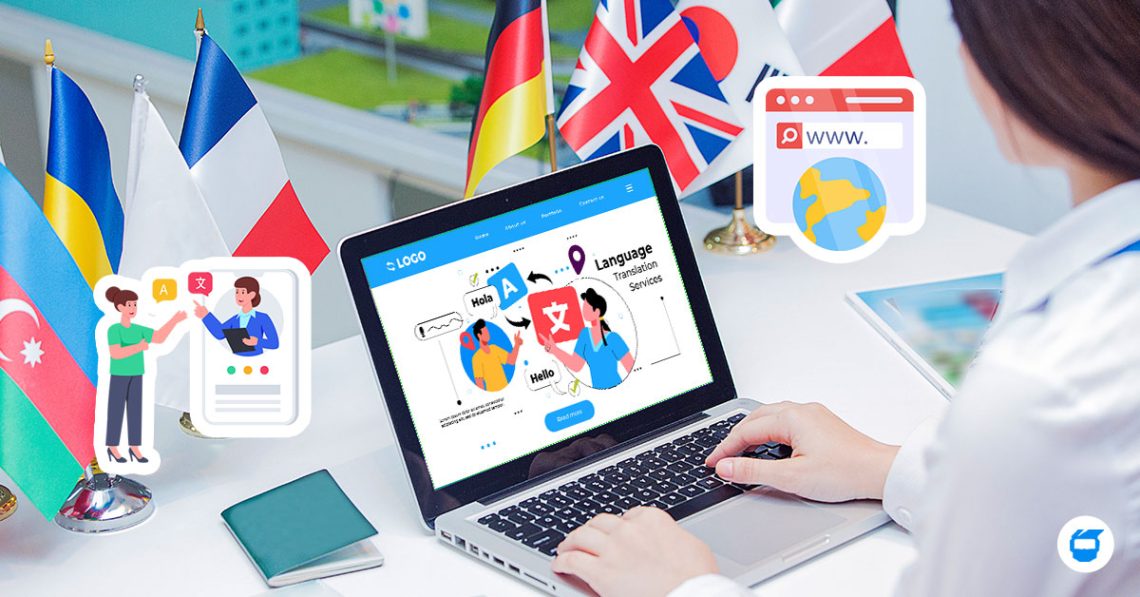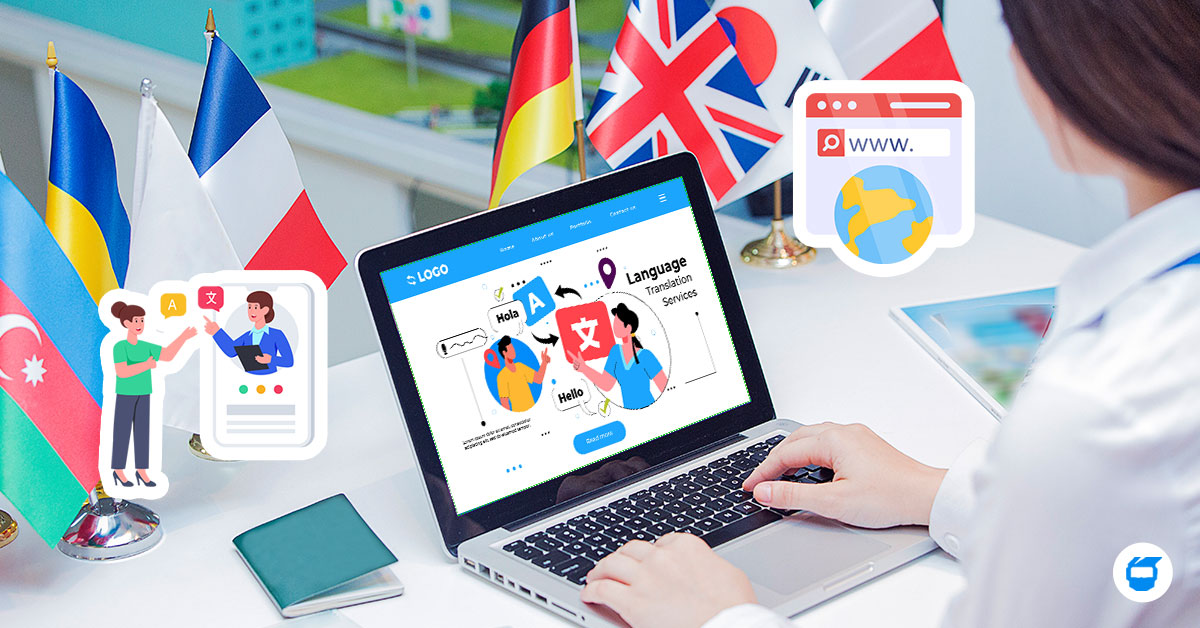Expanding your business’s reach and catering to a global audience can be significantly enhanced by creating a multilingual website. Offering content in multiple languages not only attracts more visitors but also improves user experience and boosts conversions. However, building a multilingual site is a complex task that demands thorough planning and execution.
In this article, we will walk you through the best practices and key considerations for effective multilingual website development.

Table of Contents
- Why Build a Multilingual Website?
- Planning Your Multilingual Website
- Implementing Multilingual Content
- Technical Considerations
- Maintaining Your Multilingual Website
Why Build a Multilingual Website?
1. Expand Your Audience
A multilingual website allows you to reach non-English speaking users, tapping into new markets and demographics. This can significantly increase your site’s traffic and potential customer base.
2. Improve User Experience
Offering content in a user’s native language enhances their experience on your site. It makes navigation easier, helps in a better understanding of your products or services, and builds trust.
3. SEO Benefits
Search engines tend to prioritize websites that offer content in multiple languages. Optimizing your site for different languages can improve your search engine rankings and increase your visibility in various regions.
Planning Your Multilingual Website
1. Identify Target Languages
Start by identifying the languages that are most relevant to your audience and business goals. Look at your web analytics to see where your current traffic is coming from, or conduct market research to understand potential markets.
2. Choose the Right Domain Structure
Your domain structure plays a crucial role in SEO and user experience. Here are the three main options:
- Subdomains: (e.g., es.yourwebsite.com) This keeps your content separate but can be harder to manage.
- Subdirectories: (e.g., yourwebsite.com/es/) Easier to manage and beneficial for SEO as they share the domain authority.
- Separate Domains: (e.g., yourwebsite.es) This can be more expensive and complex but might be suitable for large businesses with country-specific strategies.
3. Content Management System (CMS)
Choose a CMS that supports multilingual content. Popular options like WordPress, Joomla, and Drupal offer robust multilingual plugins and extensions that make managing translations easier.
Related: What is a CMS / Content Management System? A Useful Guide
Implementing Multilingual Content
1. Professional Translation
Avoid using automated translation tools like Google Translate for your main content. Professional translation ensures accuracy and maintains the tone and context of your content. You can also consider hiring native speakers for the best results.
2. Localize, Don’t Just Translate
Localization goes beyond mere translation. It involves adapting your content to suit the cultural and contextual nuances of each region. This includes:
- Date and Time Formats: Adjust these according to local preferences.
- Currency: Display prices in the local currency.
- Cultural References: Modify idioms, jokes, and references to align with the local culture.
- Images and Symbols: See to it that visuals are culturally appropriate and resonate with the local audience.
3. Multilingual SEO
To make your site accessible to users searching in different languages, follow these multilingual SEO practices:
- Hreflang Tags: Use these tags to indicate the language and regional targeting of a page. This helps search engines serve the right version of your page to the right users.
- Localized Keywords: Perform keyword research for each language to identify local search terms. Optimize your content accordingly.
- Meta Tags: Translate and optimize meta descriptions, titles, and alt tags for each language version of your site.
Technical Considerations
1. URL Structure
As mentioned earlier, choose a domain structure that aligns with your goals. Make sure your URLs are clean, readable, and include language indicators.
2. Language Switcher
Implement an easy-to-find language switcher on your site. This allows users to quickly switch between languages without hassle. It should be prominent, often placed in the header or footer of your site.
3. Browser Language Detection
Consider implementing browser language detection to automatically direct users to their preferred language version. However, always provides the option for users to manually select their language as well.
4. Consistent User Experience
Maintain consistency in design and functionality across all language versions of your site. This means keeping the layout, navigation, and overall user experience uniform throughout.
5. Loading Speed
Multilingual websites can sometimes suffer from slower loading times due to additional content and scripts. Optimize your site for speed by:
- Using a Content Delivery Network (CDN): This helps distribute content globally, reducing load times.
- Optimizing Images and Media: Compress and use the appropriate formats for faster loading.
- Minifying Code: Reduce the size of HTML, CSS, and JavaScript files to improve performance.
Maintaining Your Multilingual Website
1. Regular Updates
Keep all language versions of your site up-to-date with the latest content. Develop a workflow to ensure that updates in the primary language are quickly and accurately translated and implemented in other languages.
2. Quality Assurance
Regularly test all versions of your site for functionality, content accuracy, and user experience. This includes checking for broken links, ensuring forms work correctly, and verifying that translated content is displayed properly.
3. User Feedback
Encourage feedback from users in different regions to understand their experience and identify areas for improvement. Use this feedback to make continuous enhancements to your site.
4. Monitor Analytics
Use web analytics tools to monitor the performance of your multilingual site. Track metrics like traffic, bounce rates, and conversions for each language version. This will help you understand how different regions interact with your site and identify opportunities for further optimization.
With the right approach, your multilingual website will not only expand your reach but also build a strong, international presence for your brand.
Looking for a web design agency for your business? Contact us today, and we’ll be glad to assist you!


